At this month’s meeting, we were treated to a very informative and droll presentation by Squadron Leader Mark Sugden on the history of the Battle of Britain Memorial Flight.
Mark gave us a potted version of his twenty odd year RAF career as a pilot flying Tornados, Hawks and Typhoons which has culminated in his appointment as one of the two full time pilots flying the Spitfires and Hurricanes for the BBMF. He then went on to give us the background and history of The Battle of Britain Memorial Flight as we know it today.
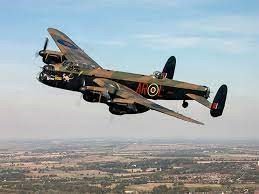
Not surprisingly, the idea to form an historic national collection of flyable WW2 aircraft was initially conceived in the 1950s. It was named The Historic Aircraft Flight and consisted of one Hurricane and three Spitfires, all of which were located at RAF Biggin Hill however, by the 1960s when it moved to RAF Coltishall, it had become known as The Battle of Britain Flight. Whilst there, the flight became an established unit with dedicated manpower, and in 1973 when the Lancaster joined the flight, it was renamed again as The Battle of Britain Memorial Flight.
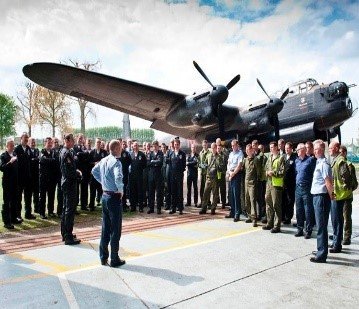
In 1976, restricted hangar space forced the BBMF to move to its current base at RAF Coningsby however, since then, it has acquired several more aircraft which now total twelve in all. The groundcrew consists of 37 engineering tradesmen, all of whom have primary duties in the Royal Air Force but do this voluntarily and serve a nominal three-to-five-year tour of duty; they include navigators, air engineers and air loadmasters and have had to ‘learn on the job’ how to work with these elderly and very precious aircraft.

The old fighter aircraft (Spitfires and Hurricanes) are only flown by modern RAF fighter pilots whereas the Dakota and Lancaster are flown by RAF pilots with a background on heavy, multi-engine aircraft. For the fighter pilots (two of whom permanently serve on the flight) it is like having to learn to fly all over again and so to do this, they have thirty hours of practice training in the ‘modern’ Chipmunks which are most comparable to the ‘old’ aircraft in flying style as they are tail-wheeled. They then progress onto a Harvard which is loaned to the BBMF by the Dutch Airforce and by then, these modern-day fighter pilots are ready to fly these wonderful bygone fighter planes.
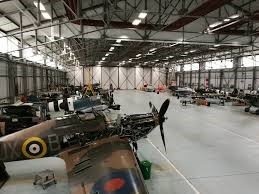
During the winter season (October to March) the majority of the Flight’s aircraft are kept on the ground for extensive winter maintenance to ensure their long-term preservation however, every eight years, one plane is completely dismantled and serviced. There are around 10,000 components in a Merlin engine – roughly 9,000 can still be purchased, but the rest are specifically made or reconditioned to get them back to airworthiness standard using archived instructions written in the 1940s. Whilst the aircraft structure is not difficult to replace, the engine parts are, so the BBMF planes can no longer be called authentic; for those you would need to go to Hendon where you can see the ‘real thing’ but, because they are not airworthy, they are on static display only
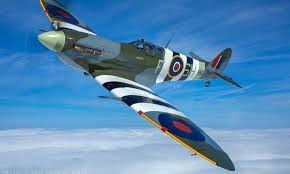
The BBMF display season starts in May and continues till September with all the aircraft flying regularly. It is the norm for the aircraft to attend around 1,000 events during that time with an estimated audience of between 7 and 8 million people; each sortie takes in about twelve events so needless to say, this is a huge endeavour for 80-year-old planes as they only have a finite number of hours they can fly. As a consequence, routine servicing and rectification work takes place regularly in the Flight’s hangar.
Those who serve with the Flight feel extremely privileged to work with and fly the BBMF collection of historic aircraft and their motto of “Lest we forget” not only reflects their mission, but also honours the thousands of men and women who gave their lives for their country in the pursuit of freedom.
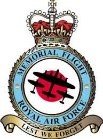

Leave a Reply
You must be logged in to post a comment.